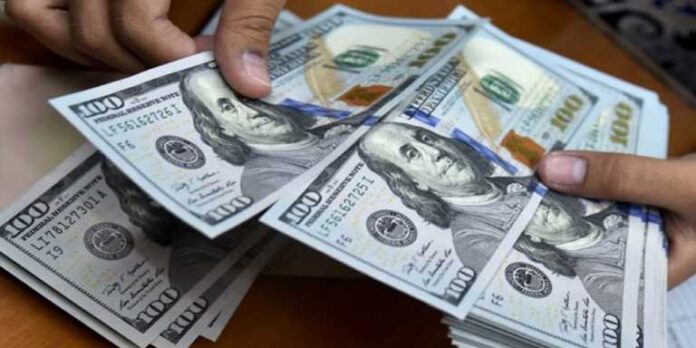Pakistan secured $12.4 billion in foreign loans during the financial year 2025, exceeding its budgetary target by $2.6 billion, excluding rollovers equivalent to the received amount, marking an increase from the $9.8 billion in foreign loans received in FY24.
This increase was driven by several key factors, including the resumption of the Saudi Oil Facility (SOF) and increased loans from commercial banks.
However, disbursements from the World Bank in the form of International Bank for Reconstruction and Development (IBRD) and International Development Association (IDA) loans were lower than budgeted. The IBRD loan amounted to $392 million, falling short of the $550.2 million estimate, while the IDA loan was $1.37 billion, below the $1.525 billion target.
The total loan figure also does not include the $2.1 billion from the International Monetary Fund (IMF). Pakistan also secured a rollover of $9 billion from Saudi Arabia in the form of Time Deposits and SAFE deposits, although the Economic Affairs Division (EAD) did not provide further details on the arrangement.
Other factors contributing to the increased foreign loans include disbursements from the Asian Development Bank (ADB), commercial loans, the Naya Pakistan Certificate, and the SOF, which provided $100 million per month during FY25, totaling approximately $200 million in the last two months of the fiscal year.
According to the EAD, Pakistan received $4.838 billion from multilateral creditors, exceeding the budgeted amount of $4.577 billion. Bilateral loans also surpassed expectations, with Islamabad securing $600 million, well above the $471 million target.
However, Pakistan was unable to issue international bonds as planned, with the launch falling short of the $1 billion target due to rising international interest rates. The government raised $1.9 billion through Naya Pakistan Certificates, far exceeding the budgeted $460 million.
Other notable disbursements include $483 million from China in guaranteed loans, $2.13 billion from ADB, and $110.37 million from the Asian Infrastructure Investment Bank (AIIB). Saudi Arabia’s contribution was $221.27 million, significantly higher than the expected $71 million. The foreign commercial loans amounted to $4.297 billion, surpassing the budgeted $3.779 billion.




